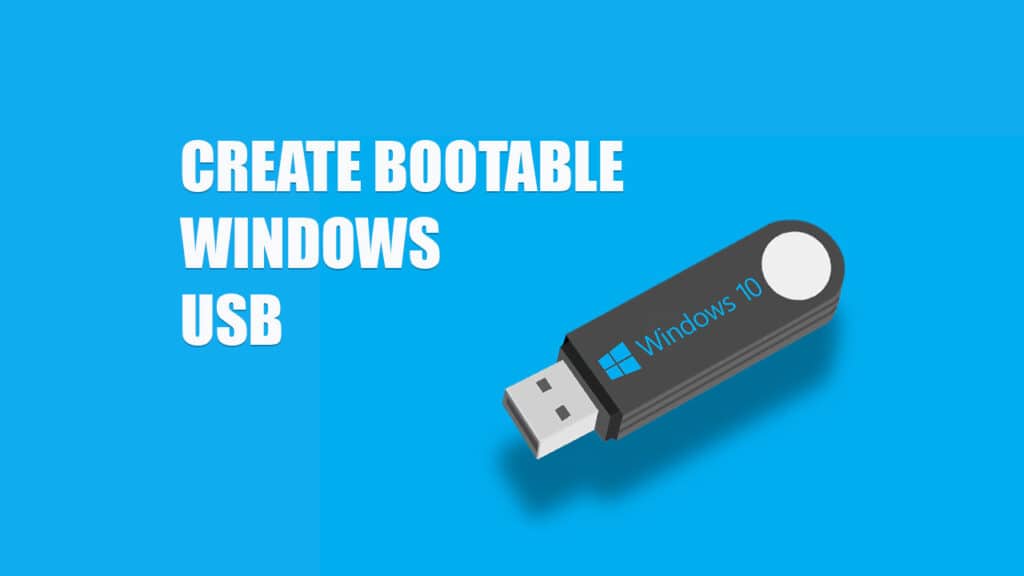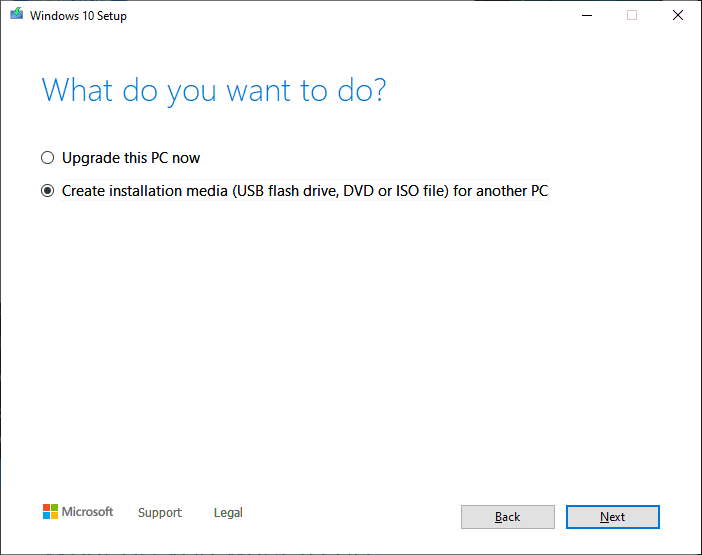
We all know the command prompt is a wizard’s toolbox, and if you know what you’re doing, the possibilities are almost endless. This is the first thing you should try, as it’s the quickest and least invasive.Ĭommand Prompt: This can be useful for a wide array of tricks and tactics, most especially running the SFC /Scannow command to scan and fix corrupted system files.

Startup Repair: This is sort of a “black box” in that it tries to fix whatever issue is preventing the system from booting, but it doesn’t tell you what it’s doing or, if successful, what the problem was. From Command Prompt, enter the following: g: (Where 'g' is your DVD drive letter) cd boot (changes to boot directory) G:\boot bootsect /nt60 d: (Where 'd' is your USB drive letter) Copy all files from the Windows CD to the USB flash drive using xcopy. You can restore the image of your PC at the time you created the image, which includes all your data and installed programs at that time. Insert your Windows DVD into the optical drive. System Image Recovery: If you’ve used the image backup tool in Windows 10, this would be where it would come in handy.

This does not affect your data, but it does affect installed programs as it replaces the registry with an earlier version. System Restore: Use this to revert your PC to a happier time, when things were working normally.


 0 kommentar(er)
0 kommentar(er)
